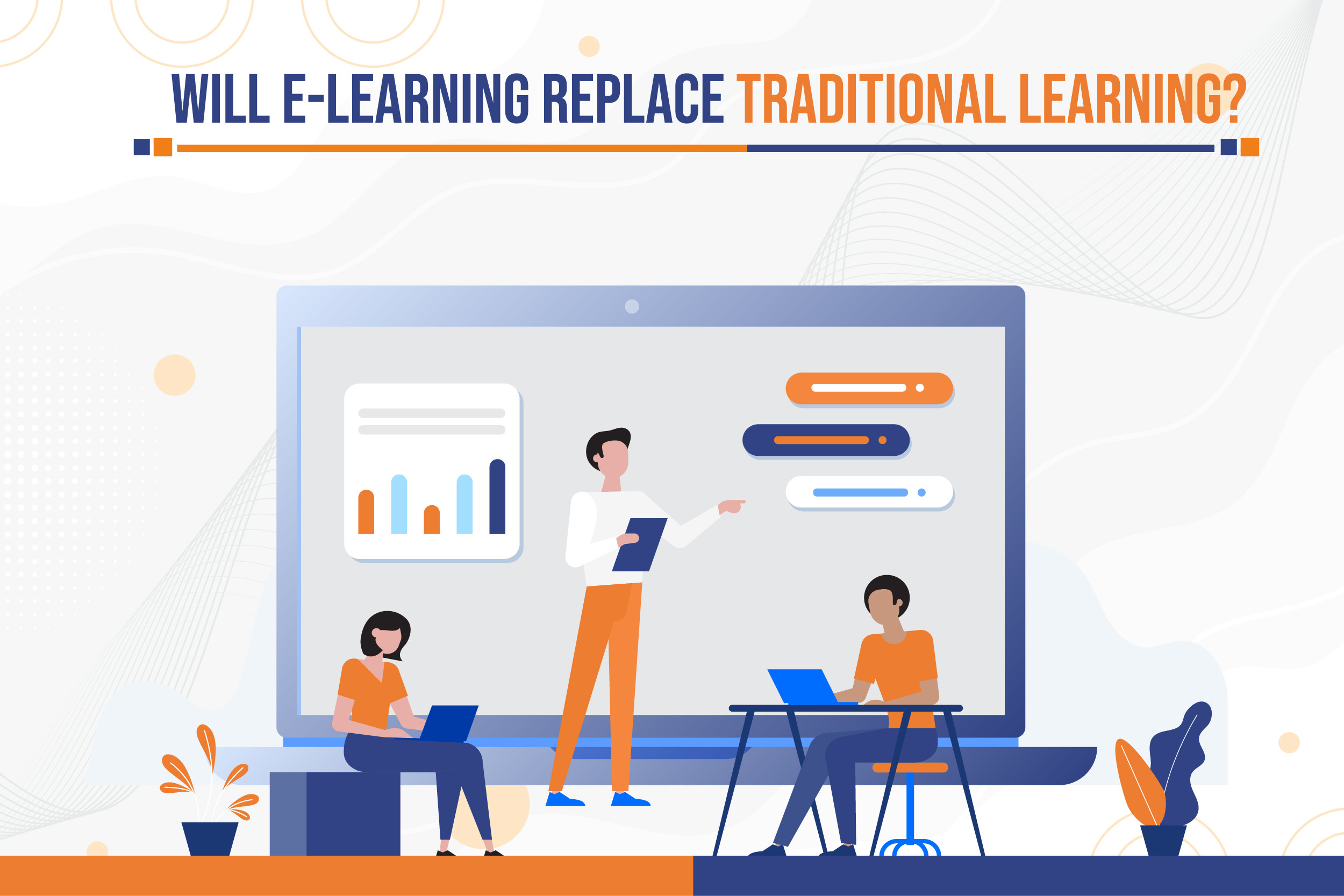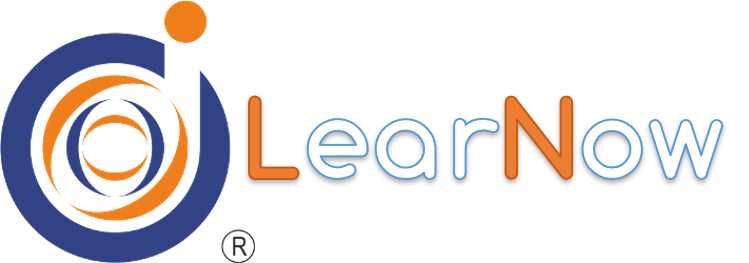
Will E-Learning Replace Traditional Learning?
There are a lot of misconceptions regarding online education. People frequently believe that online students are not intelligent enough to pursue traditional higher education. They lack motivation and don't pursue "genuine" degrees. These ideas deter a lot of individuals from enrolling in online courses, which keeps them in the conventional educational system where they squander money, energy, and years of their life.
Let's take a deeper look at the positives and downsides of online education so you can decide whether you still feel this way about this kind of e-business and most importantly analyze if there are chances that e-learning would replace traditional learning.
E-Learning Vs. Traditional Learning
1. Convenience
Since e-learning may be done whenever and wherever the student chooses, it is considered more convenient. You should be able to finish courses at your own pace while remaining in your comfort zone and keeping an end date in mind. It takes a lot of self-motivation to work at your own pace; therefore the course material must be interesting. Some online learning, however, is required for learning and growth at work and may need to be completed during working hours.
However, classroom instruction follows a predetermined timetable. It is anticipated that students attend lessons at the same time as other students. You are also required to communicate with one another often. This could result in increased motivation or decreased engagement.
2. Customization
Customization and instructional methods can complement one another. But personalizing the information may be challenging in a classroom setting. It is entirely contingent on the size of the class and how effectively the instructor is able to identify the requirements of each student. Teachers can provide a variety of resources if they can identify students' learning levels before class, although doing so may take some time.
Pre- and post-learning tests allow eLearning to be customized. The outcomes can either point students toward the appropriate course for their level or toward additional study once the course is finished. This is a more practical method of tailoring information to the learner's needs while still pursuing the same goals. If your Leadership Training is meant for a particular section of the audience then customizing it can make it more effective and target-oriented.
3. Teaching Approach
Teaching in a classroom typically revolves around the instructor's preferences. For instance, people can believe that reading is the finest kind of education. Hence, most of the time, reading will be used to teach the material. Given that some teachers are aware that not every student responds well to one strategy, they try to use a range of techniques.
As technology advances, many classrooms now have interactive whiteboards, tablet computers, and other devices. Although it might take a lot of time to prepare, this has made it simpler for teachers to include different teaching methods.
On the other hand, e-learning may combine several methodologies in a single session to accommodate all learners. Learning materials are made more interesting and accessible for all learners by using audio, graphics, videos, and text. Leadership Programs containing more visuals and videos will make them suitable for a diverse audience.
The content and learning objectives come first. Then, content creators can incorporate various multimedia components. This guarantees that everyone can accomplish the same goals while increasing engagement and memory retention.
4. Analysis
Classroom environments provide a direct connection with the teacher. Teachers might be able to assess student work more quickly, but perhaps not in-depth when it comes to evaluating performance. An in-depth study would take more time and be ineffective at giving on-time learners’ feedback.
On the other hand, E-Learning can instantly offer detailed behavioral information. These observations may be shared with the student and learning manager to help them build future courses and identify knowledge gaps.
5. Interaction
Through gamification, problem-solving, role-play, narrative, case studies, speakers, and branching situations, eLearning may offer engaging interactions. In order to help people comprehend and put preferable behaviors into practice, interaction can offer genuine first-person experiences.
Learners engage in social interaction in the classroom. For better learning, to learn from, or to teach others, they might be teamed with other students. Additionally, students have the ability to speak with the instructor.
It could be more difficult to contact your learning manager while using e-learning, which would make answering any queries take longer. However, some courses provide forums for help or video lectures. In-person interaction between students and teachers in a classroom can lead to discussion and ideas for further learning. However, including gamification features in Leadership Courses or any other training courses can make it more engaging and hence raise the effectiveness level of your training.
6. Content
Some content can complement a teaching approach. In a traditional setting, the subject matter would depend on the teachers' choices and what they believed you should know. Resources, however, would change the content. You might have to purchase books, make notes, etc. The relationship between teaching methodology and subject matter might depend on the teacher.
Maintaining classroom learning with its constant content and delivery may also take more time. Content for e-learning may be quickly updated and stored online for constant access. Since e-learning takes place online, fewer books and notes are required. Students can do research and record information using a variety of search engines and programs.
Final Thoughts: Is E-Learning Going To Replace Traditional Learning?
Thus to conclude from the above discussion, there are advantages to both traditional and online learning. However, it is difficult to imagine a clear future in which the classroom will not be supplanted.
Before entering the industry, younger pupils may benefit more from classroom environments. E-learning, however, appears to be the more practical choice for people who are either entering or are currently on the job.
Improvements to learning settings may be forthcoming as technology improves daily. Whether it be via utilizing tools like Virtual Reality (VR), implementing portions of e-learning, or using AI instructors.
It's hard to predict what the future holds for schools at this time. What should be taught should come first, followed by the best way to teach it. The best course of action should be to combine both, rather than rely either on e-learning or traditional classroom instruction.
